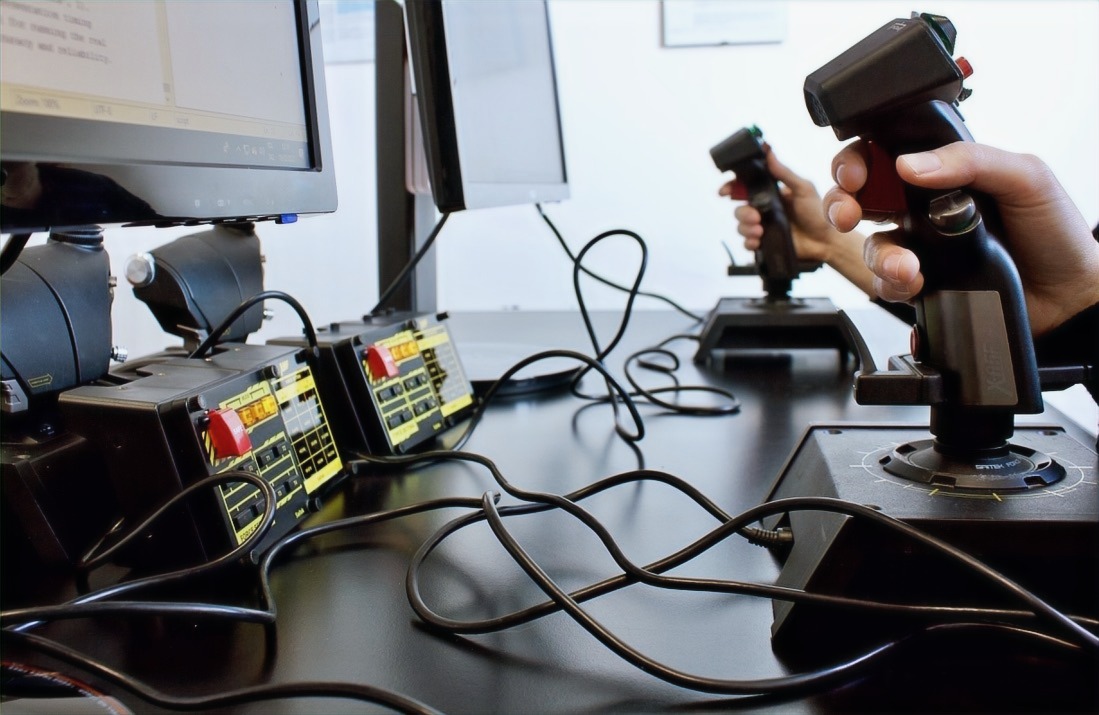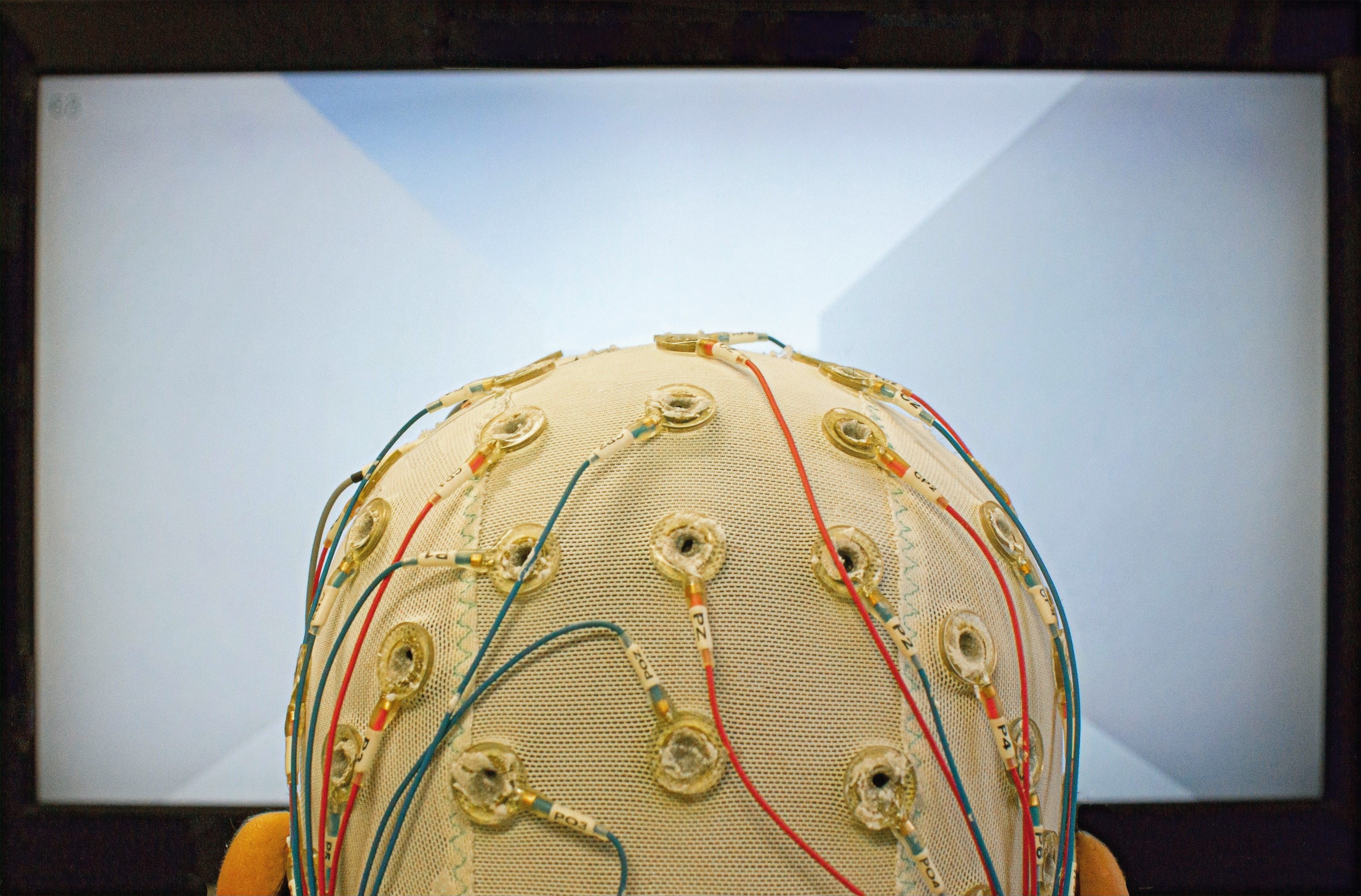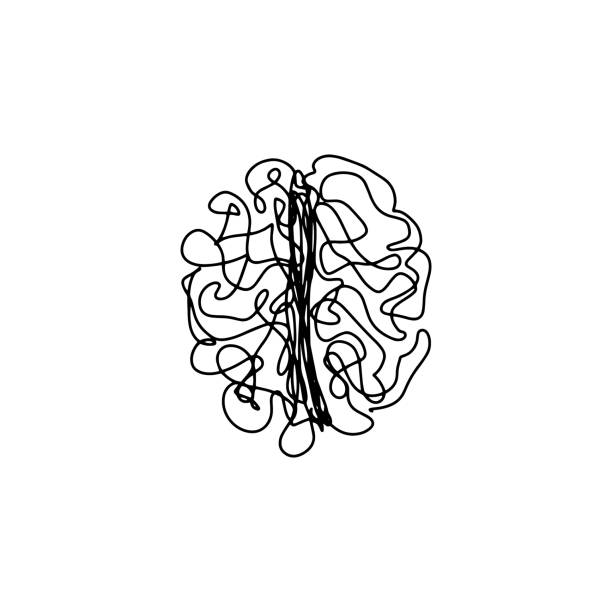As humans, we are remarkable for the versatility and flexibility with which we carry out joint actions. From cooking meals to managing pandemics and combatting climate change, our affinity for joint action enables us to achieve our goals efficiently, and to achieve goals that could not otherwise be achieved (Sebanz et al., 2006; Tomasello, 2009; Melis & Semmann, 2010). But it also requires us to rely on each other to persist in contributing to joint actions even in the face of fluctuations in our own short-term interests. In previous research, it has been shown that the motivation to remain engaged in joint actions and to resist tempting alternative options and
distractions is governed by a sense of commitment, and that this sense of commitment is sensitive to cues that another agent is expecting one to perform one’s contribution, and may be relying on this expectation (Michael, 2022; Michael, Sebanz, & Knoblich, 2016a; Dana, 2006; Heintz et al., 2015; Sugden, 2000; MacCormick & Raz, 1972; Scanlon, 1998). However, the psychophysiological processes underlying the sense of commitment remain unclear. In the current project, we address this gap by conducting two empirical studies which investigate how perceptual cues of a joint action partner’s expectations and reliance modulate psychophysiological activity to bolster commitment, and by writing one theoretical paper which synthesizes the results and presents a framework for mapping out the psychophysiology of the sense of commitment. Each of the two studies combines EEG with behavioural measures, as well as questionnaires, to investigate a distinct stage of processing at which the sense of commitment may be reflected in neurophysiological activity.



Study 1 probes the psychophysiological processes through which a sense of commitment is elicited. We test the hypothesis that the perception of a joint action partner’s investment of effort leads participants to form integrated joint action plans, and accordingly enhances their motor
representation of the partner’s actions.
The purpose of this study is to discern whether sensorimotor communication and self-other integration between partners during joint action, indexed by alpha-mu suppression in sensorimotor areas, are associated with a stronger tendency of the partners to remain committed to the joint action.
Study 2 probes the effects of the sense of commitment upon motivation to persist in joint action. As a starting point, we draw upon a distinction between two forms which this may take (Michael, 2022). The first form may be dubbed gritted teeth commitment. This is the form of commitment you experience when you find yourself bored or distracted, or otherwise tempted to abandon a goal, but nevertheless force yourself to persevere, and to resist temptations and distractions. We hypothesize that this involves the deployment of executive control mechanisms (e.g. inhibitory control and supervisory attentional control) to maintain task focus and to avoid temptations and distractions. The second form may be dubbed engaged commitment. This is the form of commitment you experience when you are so immersed in pursuing a goal that you do not notice temptations or distractions in the first place, and therefore do not need to force yourself to ignore or resist them. We hypothesize that this boosts the relative salience and attractiveness of task-relevant information, making task-irrelevant stimuli in the environment and task-irrelevant thoughts less tempting or distracting than they otherwise would be.
